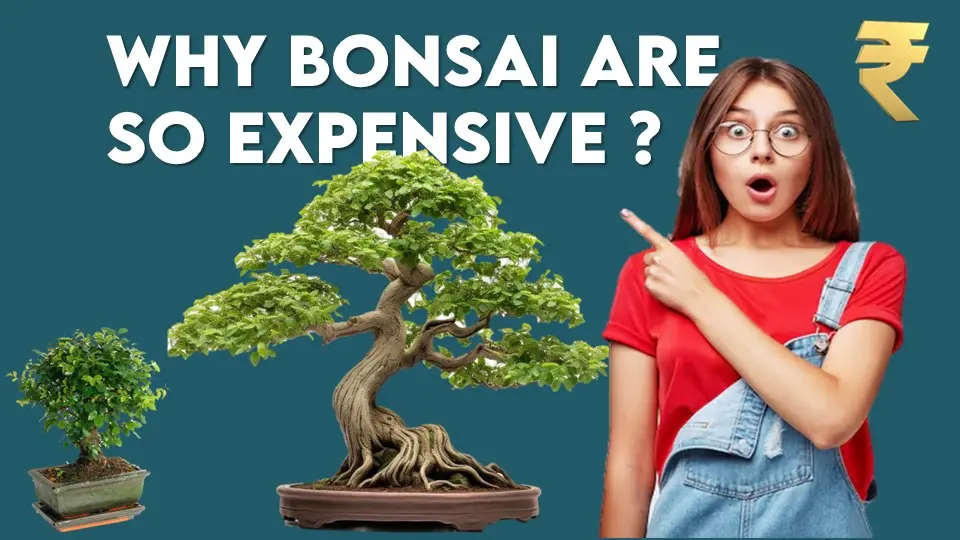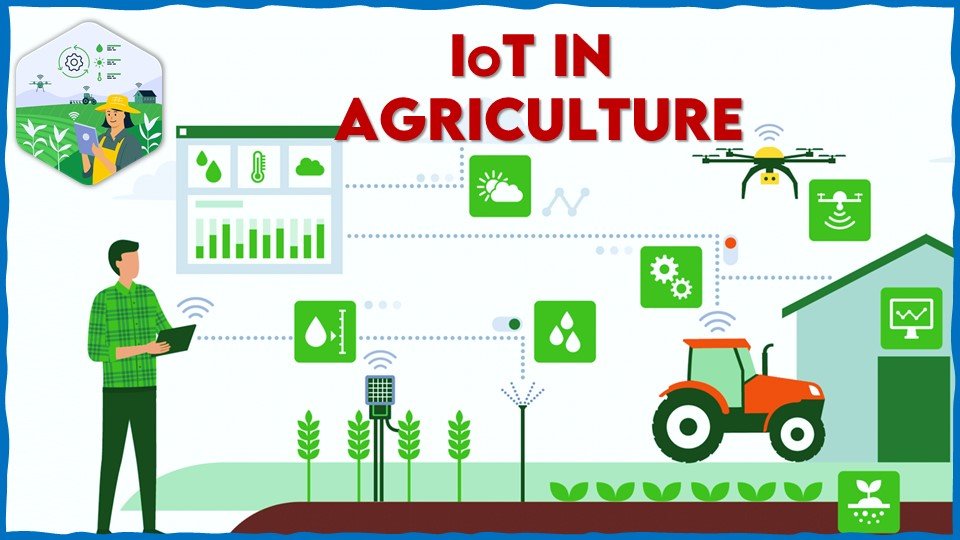Have you heard about IoT in Agriculture? IoT means Internet of Things, mainly refers to the total network of all the interconnected devices that can assist in communication and data exchange with one another over the internet itself. A device here can be anything ranging from a small sensor to any smart appliance which would be carefully embedded in various infra tools. The main concept here is to collect the data and transmit it to another device that can receive the data would interact with them without any human intervention. How does this contribute to the well-being of the agriculture sector? IoT in agriculture is one of the emerging technologies that has contributed to the betterment of the agriculture sector.
This data exchange between all the interconnected devices can result in automation and instant decision-making in any industry be it the agriculture industry manufacturing or the health industry. IoT devices typically consist of sensors to gather data, processors to analyze and process the data, and communication modules to transmit the data to other devices or the cloud for storage and further analysis. The data collected in this way is used for tracking, monitoring, and control without any external interference leading to increased efficiency.
IoT can change all the interactions and responses with the world surrounding us. But the only limitation is that it needs increased security for data management because any misuse of the information might lead to huge losses which should be prevented and addressed carefully so that IoT in agriculture or any other sectors can expand and evolve further. This article talks mainly about IoT in agriculture with a few examples of agri startups that succeeded in implementing IoT.
Different Applications in IoT In Agriculture
Remote Sensing
All information can be gathered and known by observing them and getting in contact with them too closely. Remote sensing is such technology where no physical contact with the object is needed while still the information can be extracted from it. The physical characteristics of an area can be determined by measuring the radiance received from that region and the necessary suggestions are given accordingly.
Monitoring Crop Health and Growth
One of the primary applications of remote sensing in agriculture is monitoring crop health and growth. The detailed information and the existing vegetation are provided by satellite and aerial imagery by using certain indices like NDVI that indicate the distinction between healthy and diseased vegetation. The areas that are under stress or the areas that are healthy or diseases can be identified by using such indices. In this way, practices like irrigation and spraying of fertilization can be adjusted and scheduled.
Crop Mapping and Classification
Remote sensing technologies enable the mapping and classification of different crop types and land cover types across agricultural landscapes. By carefully examining the satellite imagery, one can identify and delineate different crops located nearby and land use patterns can be defined. This particular information is used when planning land use patterns, crop management techniques, and monitoring any changes that arise over time.
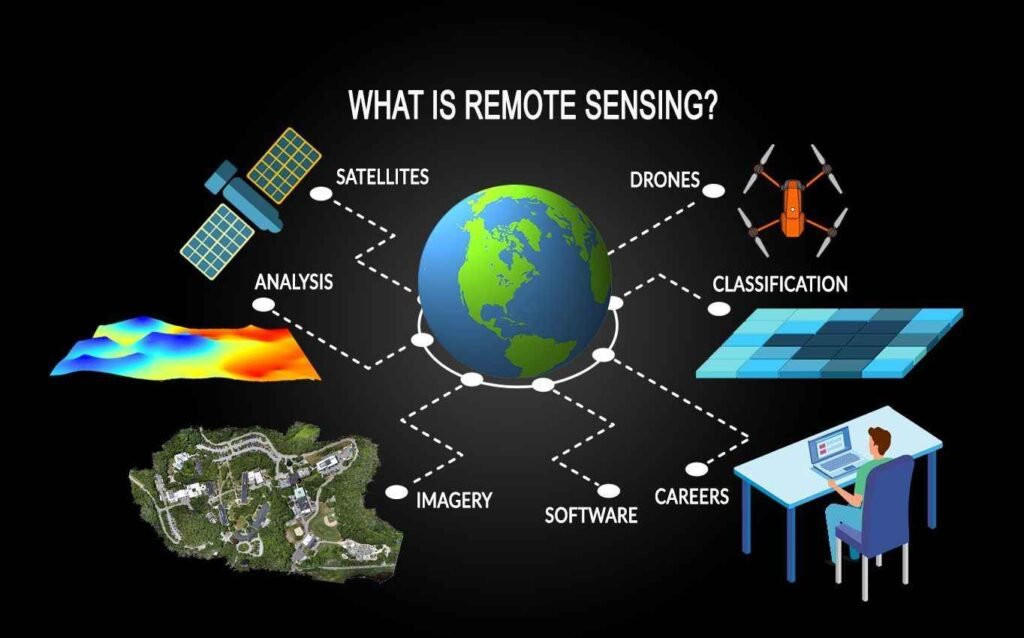
Precision Agriculture
Precision agriculture is just about applying the right thing at the right time and the right place. To achieve such a range of optimization, one needs to use technology that includes ground-based sensors and GPS. By combining the information obtained from the devices site-specific management practices can be implemented. This optimizes resource usage and reduces the costs and thereby the environmental impact.
Drought Monitoring and Prediction
Remote sensing technology will also help in predicting abnormal weather conditions which can harm the agriculture sector in terms of yield and food security. Soil moisture levels can be analyzed and the conditions before the occurrence of drought can be predicted based on the results across large areas.
Early Detection of Pests and Diseases
Remote sensing will also help in monitoring pest activity and early detection of diseases that can affect the crops and reduce their yield. The changes in patterns of vegetation can be captured by the satellite imager and the sudden outbreaks of any pests and disease incidence can be detected before they cause great damage. This will alert the farmer to follow management strategies to mitigate the damages. One can reduce the incidence of going for integrated pest and disease management by sowing pest-resistant varieties or opting for localized pesticide applications.
Also Read: Modern Tools Used in Agriculture to Protect Crop from Damage
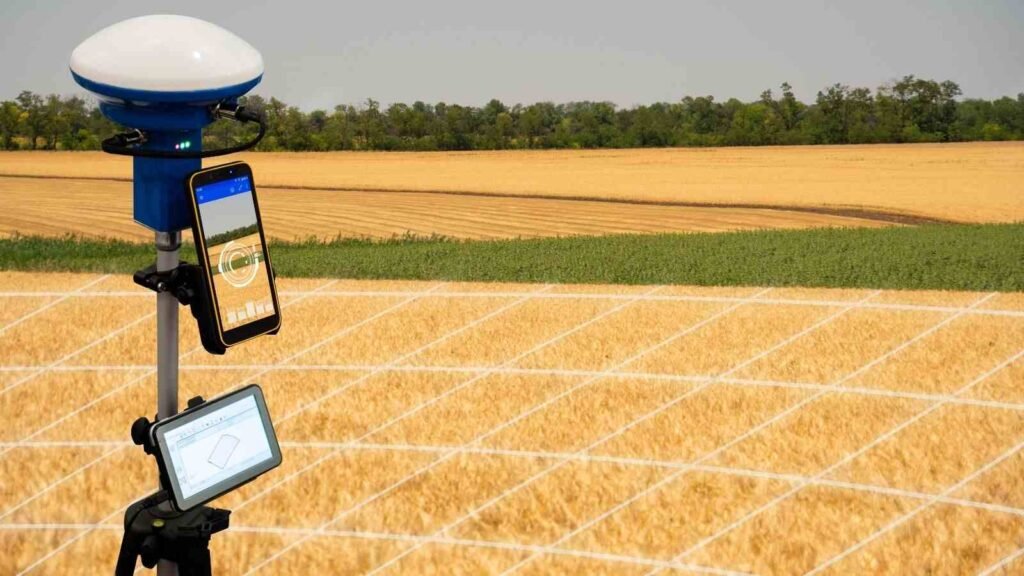
Also Read:
- FarmDidi: Empowering 1 Million Rural Women -Shark Tank Featured
- Jugadu Kamlesh innovative Ideas to help Farmers
Drones In Agriculture
Drones are the vehicles which fly in the air and capture everything on the earth. These are the powerful tools used in recent times and emerged as one of the most needed tools for the time being in recent agriculture. They can capture the images with the help of a camera and sensors embedded in them.
Precision Crop Monitoring
Drones are mainly used to monitor crop activity and this is one of the primary applications of drones. As drones are equipped with cameras that have very high resolution and sensors that are multispectral, they can capture detailed images of the field and the crop. This will allow the farmers to look after the crop’s health, its growth and performance can also be tracked with accuracy. By carefully examining these images, nutrient deficiencies, diseases and early signs of stress can be known.
Field Mapping and Surveying
Drones are also used in the process of surveying and field mapping. Surveying can also be done in a similar manner where different soil types of the same field are known and the necessary decisions can be taken up by the farmers accordingly.
Precision Application of Inputs
Drones will also help in replacing manual operations like spraying fertilizers, pesticides, and irrigation which will optimize the usage of resources and reduce the time gap. Drones are equipped with specific types of equipment that will allow them to apply various inputs to the necessary areas in required quantities. All this is done by considering the real-time data. This is more like a target-oriented approach which will maximise the efficiency and reduce the input costs.
Crop Scouting and Damage Assessment
Drones also play a key role in scouting and assessing the damages at an early stage especially when the field size is large and where accessibility is a problem. In such areas, drones would perform all the manual tests and capture images from above by flying over the fields and can instantly identify weed infestation pest outbreaks or any other existing damages.
Environmental Monitoring and Compliance
Drones are often used in monitoring the environment as well. If any problems like soil erosion or changes in water quality are detected, an alert can be created to the local agencies so that necessary strategies are taken.
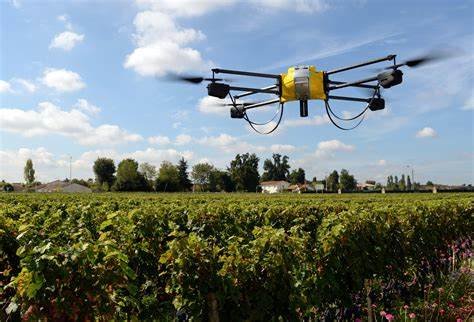
Robotics In Agriculture
Robots are equipped with inbuilt software that is capable of replacing manual labor and can assist in various farm activities no less than a farmer. Robots come in two models, one of which is autonomous and the other comes under semi-autonomous. It also does the work in less time with more accuracy and can be used in the field which is difficult for the manual power to reach. These robots can perform and assist humans in various activities as mentioned below.
Autonomous Farm Machinery
Various activities such as weeding and spraying can be done effectively with this technology which will reduce the dependency on manpower. They follow a more target-based approach to kill only specific weeds or to spray only required quantities of inputs which will help in reducing the usage of chemicals.
Weeding and Pest Control
As said earlier, robots and drones are equipped with sensors and cameras that can detect and record images of weed infestation and pest infestations. This sensor-based approach will allow the robots to detect the extent of the infestation and can initiate corrective measures which is more like a proactive approach.
Greenhouse and Indoor Farming
There are many operations within the greenhouse cultivation to be followed. Robots can finish all these tasks with accuracy and as we know greenhouse and indoor farming have to be done with the utmost care and attention, robots are the perfect way to perform such operations and reduce the dependency on labor. This will help in optimizing the resources and the time can also be saved. These robots can also monitor the existing conditions within the greenhouse and the necessary changes can be done immediately which will also contribute to an increase in the yield.
Data Collection and Analysis
Data is needed almost everywhere. For anything to begin and for anything to end, information and experience is a much-required thing to practice a few things and also to end up a few things. Robots can be made to work in the field and as already these have their own sensors and cameras, data collection concerning the crop’s performance can be recorded. In the same way, using ground-based sensors will help in collecting data on soil nutrition, and soil degradation and help us with making informed decisions and planning other activities as such.
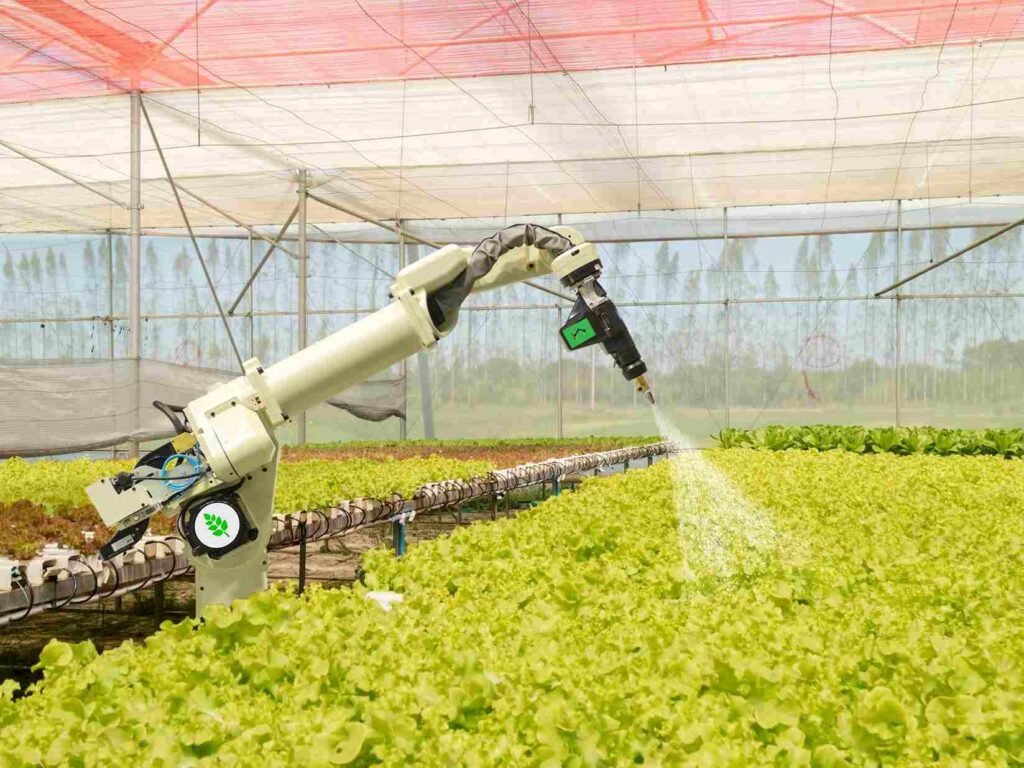
IoT Based Agri Startups – Agriculture IoT Companies
Jio Krishi
Jio Krishi was an application introduced to transform and enhance the efficiency of the agricultural ecosystem. It provides end-to-end solutions where informed decisions are taken by the farmer to optimize the yields. It helps the farmers to make decisions about what crop to be cultivated and what variety should be used to ensure increase in productivity. Apart from this, all aspects regarding the logistics and better sale of the produce is also decided.
Fasal
Fasal is a Bangalore, Karnataka-based startup that believes that the future of agriculture lies in precision farming. Their main vision is to make precision agriculture accessible to every farmer in the world. Their innovative integration of IoT in agriculture enables farmers to know super smart information about their crops at all levels.
Cropin
Cropin mainly aims to digitalize all the activities involved in the farm operations starting from sowing to harvesting. It focuses on digitalizing the data of millions of acres of farm land without compromising on the empowerment of the farmers. It also improved the crop intelligence of many crop varieties covering about 103 countries. It works in a plug-and-play model.
Stellapps
Stellapps is a dairy technology solutions company that digitalized the supply chain involved in the dairy industry. It helps all the dairy farmers to ensure maximum profits while minimizing the effort. This dairy-based startup focuses mainly on machine learning and data acquisition. It is concerned with all the operations starting from milk production to cold store management.
Mycroclime
This startup is located in Spain. It focuses mainly on providing automated monitoring services in agriculture. They offer all the irrigation solutions for the field, greenhouse, and hydroponic farms. They also sell ready-to-use sensors. It focuses on sensor clouding systems. They are concerned with designing and selling all the products that involve IoT to digitalize the agriculture sector.
Also Read :
Conclusion
The Internet Of Things has been in almost every industry from agriculture to pharmaceutical. Agriculture has been practiced for ages and the integration of IoT in agriculture is probably one of the greatest inventions to date. Technology infused with agriculture can often create miracles and it almost seems like agriculture is the industry that demands more manual labor than any other industry and replacing it with drones or robots has been a great innovation.
Apart from these, there exist a few limitations which hinder or restrict the adoption of IoT in our country for the current situation. The only limitation is that our farmers need to be trained about the usage of software and technology in agriculture. The advantages of it have to be mentioned to them and even the government has to come forward to implement suitable strategies to penetrate the technology thing into agriculture as early as possible.
Latest Post
- Types of Jasmine Flowers : World of Fragrant
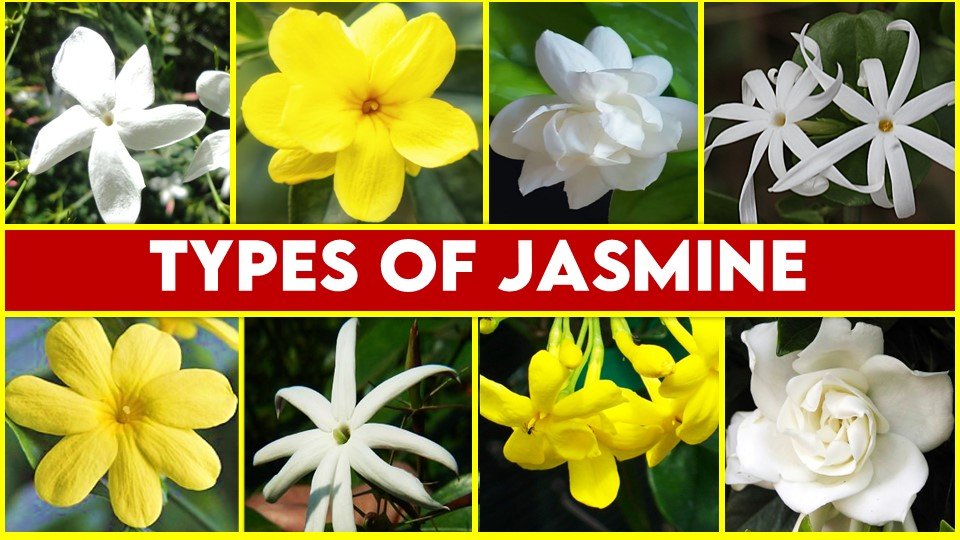
- Trees for Home Garden in India: Perfect 15 Choices
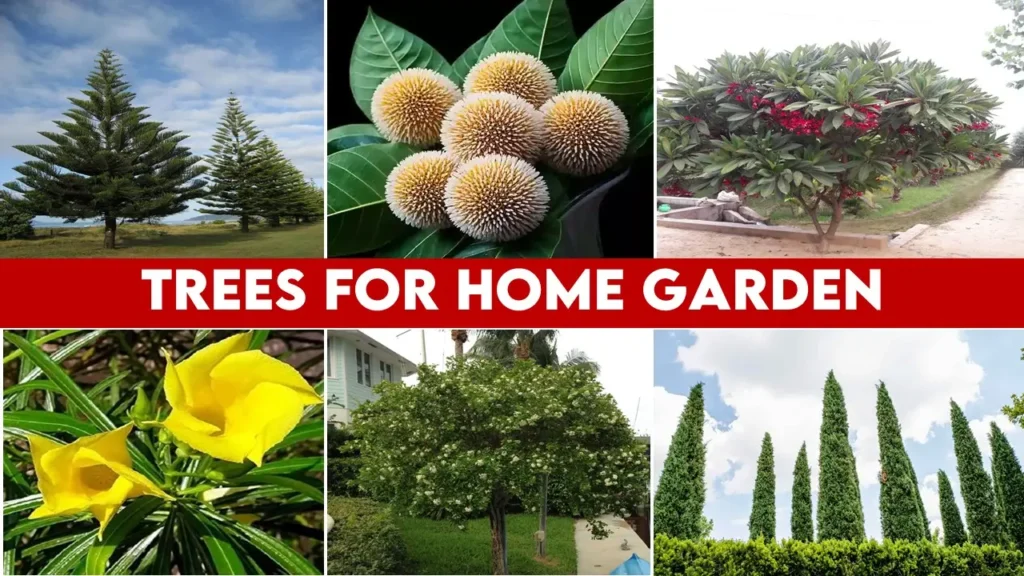
- Dairy Farming Business Idea : A Profitable Business
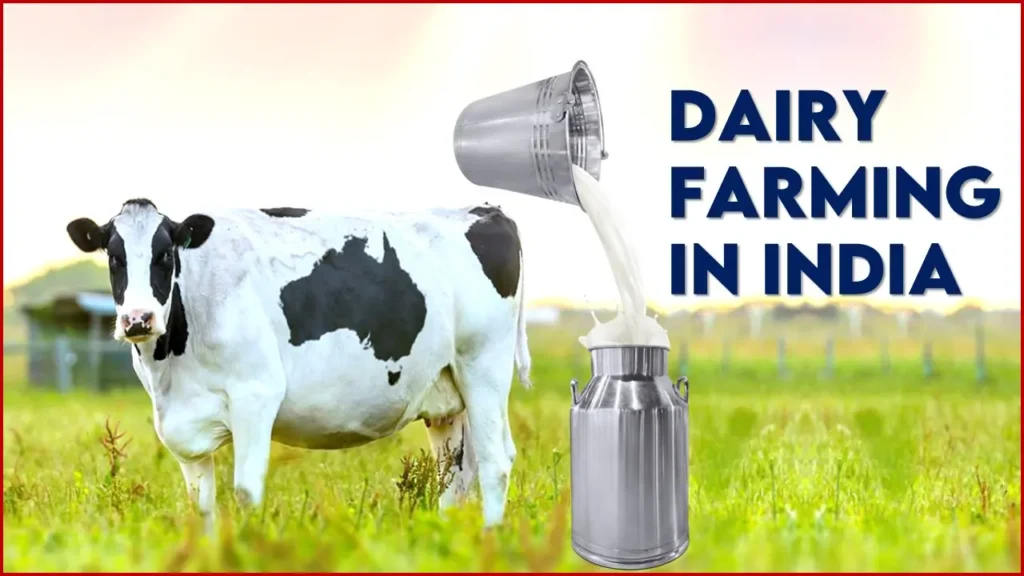
- Solar Irrigation System in India: Step towards Modern Agriculture
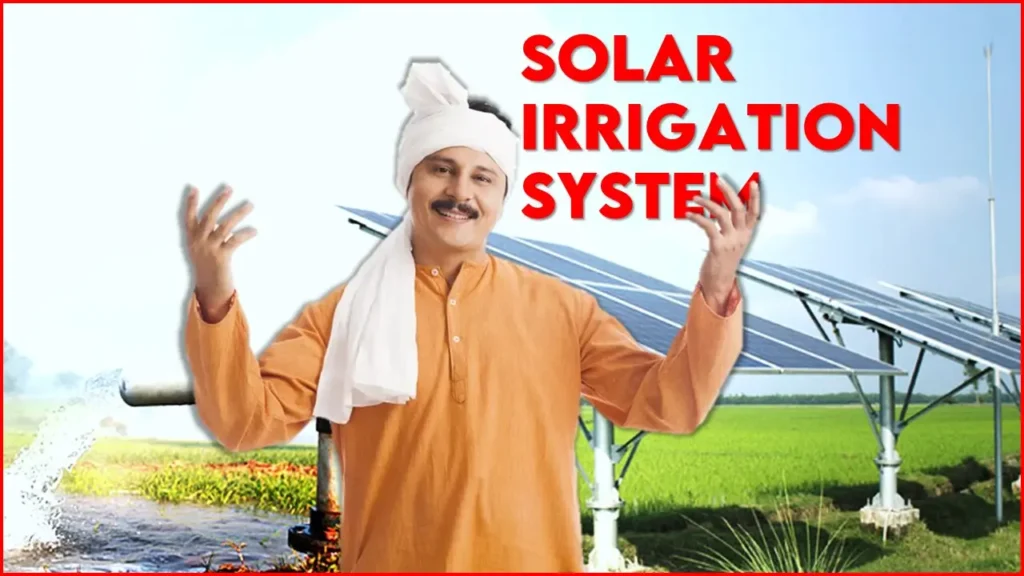
- How to Grow Button Mushrooms at Home: Uplift Your Health and Income
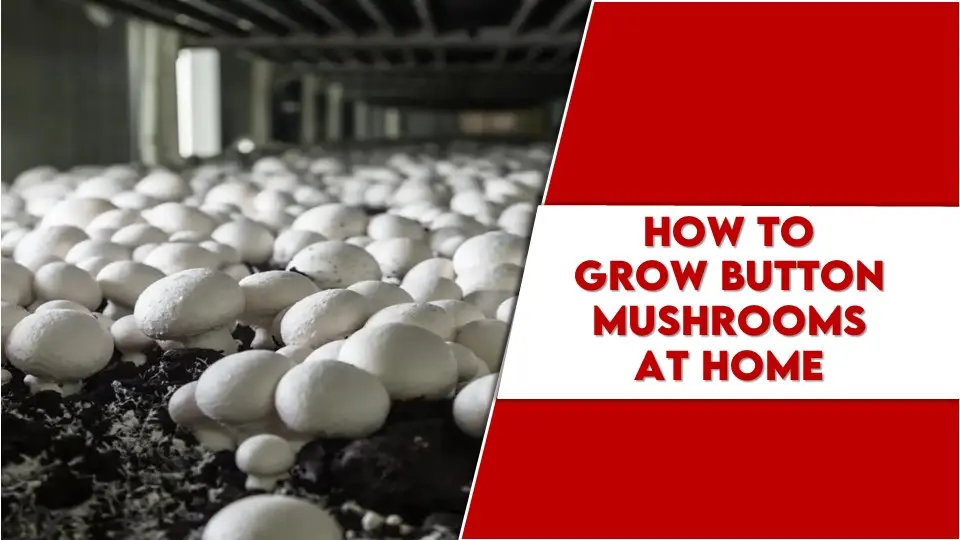
- September Issue -Times of Agriculture Magazine (Microgreen Farming)

- Organic Farming in India: Principle, Advantages, Scope and Companies
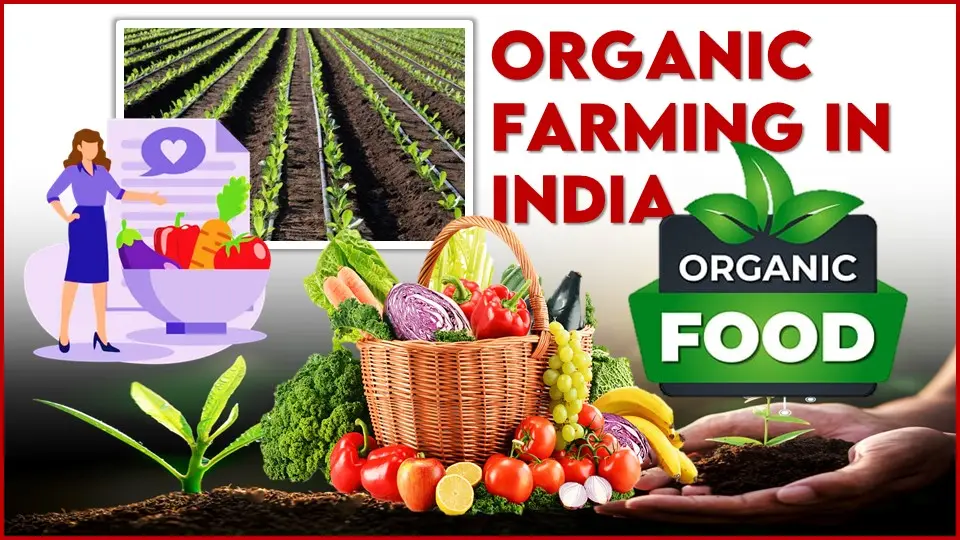
- Different types of Hydrangeas that make your garden more beautiful
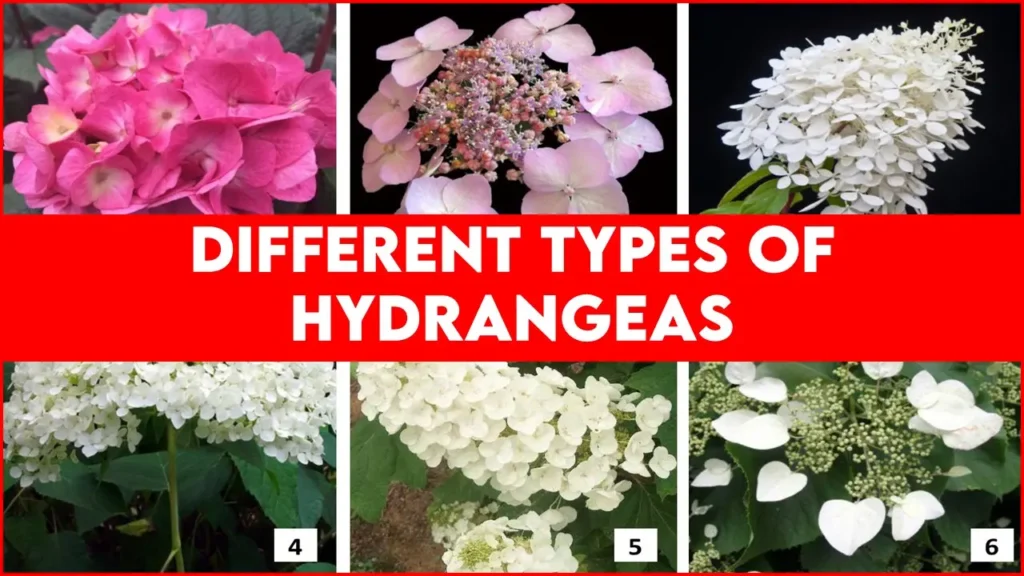
- Why are Bonsai Trees so Expensive ? Some Crazy Facts Bonsai
